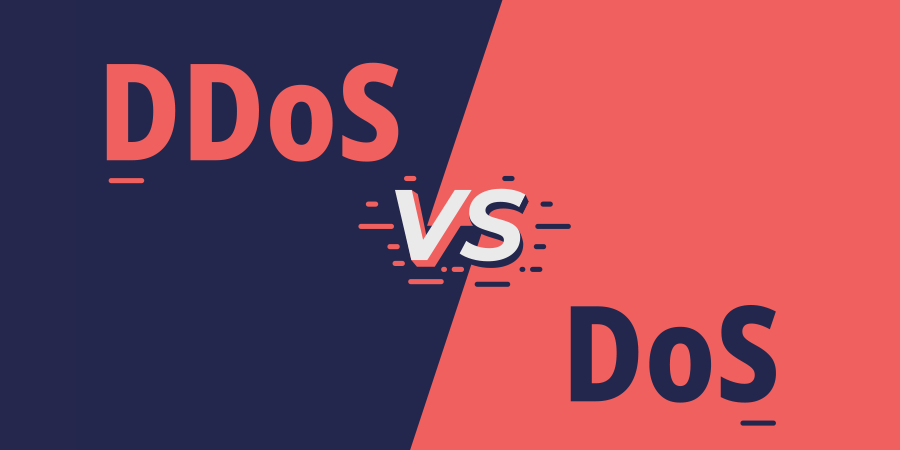
DDoS vs. DoS Attack: What's the Difference?
More than 2,300 cyberattacks occurred in 2023. Distributed denial-of-service (DDoS) attacks and denial-of-service (DoS) attacks were two of the most common types of cyberattacks. Gilsbar strongly recommends that every business consider investing in a cyber liability insurance policy to safeguard against such threats.
But one thing people don't always realize is that a DDoS attack and a DoS attack aren't the same. Both types of cyberattacks can have huge impacts on businesses, but they do it in much different ways. Make sure you understand the difference between a DDoS vs. DoS attack so you can protect your business from each one.
What Sets DDoS and DoS Attacks Apart
Before we discuss the differences, let’s begin by noting that DDoS vs. DoS attacks do share a similarity. That is, DDoS and DoS attacks have the same goal: to create a server or network traffic overload and interrupt a company’s services.
The distinction is that DDoS and DoS take different approaches to achieving this goal.
What Is a DDoS Attack?
A DDoS attack, widely considered the more serious type of cyberattack, relies on multiple compromised systems, such as computers, tablets, smartphones, and other Internet of Things (IoT) devices, to generate more traffic than a server or network can handle.
With so many systems targeted in the average DDoS attack, companies are severely challenged to thwart these attacks once they start. The DDoS botnet of infected devices used to carry out this type of attack can do extensive damage before the attack is detected and stopped.
Most DDoS attacks end within 24 hours, but some can last for up to a month thanks to their complexities. When this happens, it can knock a company’s website offline for days at a time or slow down a company’s network speed.
What Is a DoS Attack?
A DoS attack, often considered less serious than a DDoS attack, uses a single device to flood a company’s server or network with traffic.
As DoS attacks typically come from a single source, they’re easier to detect and stop than a DDoS attack.
Still, if DoS attacks remain undetected for too long or if companies don’t do enough to stop them once they’re detected, these attacks can create costly server or network interruptions.
How Can You Prevent DDoS and DoS Attacks?
Whether you are vulnerable to DDoS or DoS attacks, your company should be vigilant about managing the cybersecurity risks associated with each one. Fortunately, you can take some of the same steps to boost your company’s cybersecurity and stop DDoS and/or DoS attacks from impacting it.
For instance, you can take advantage of rate limiting to prevent these attacks from occurring. This will limit how many requests a server or network will accept within a certain window of time.
You can also set up a firewall for your company to stop a DDoS or DoS attack.
The more proactive you are about combatting service disruption techniques like DDoS and DoS attacks, the more secure your server or network should be.
Let Us Help Protect Your Company From Cyberattacks
DDoS and DoS attacks are two common cybersecurity threats, but they are just two kinds of cyberattacks. For this reason, your company should invest in a cyber liability insurance policy through Gilsbar to provide the protection it needs. Click here to request a cyber liability insurance quote today!
